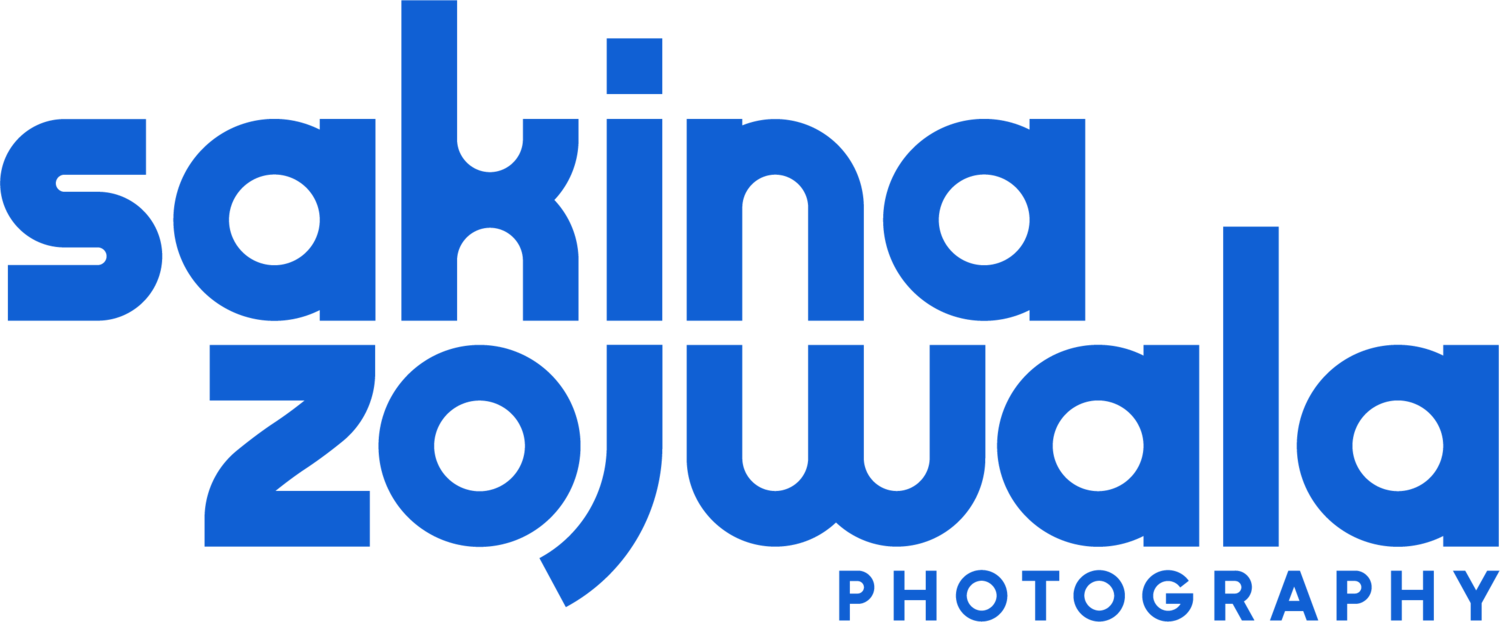Which Camera is Good for Product Photography? It's Not Just About the Camera!
Greetings, fellow photography enthusiasts and aspiring product photographers! I'm Sakina Zojwala, a professional product photographer with years of experience in this creative field. Today, we're going to tackle a question that I frequently encounter: "Which camera is good for product photography?" The answer might surprise you: it's not about the camera itself, but rather your skills, settings, and lighting. Let's dive into this topic and explore why the camera is just one piece of the puzzle.
The Camera as a Tool:
First and foremost, let's establish that the camera is indeed an essential tool in photography. However, it's crucial to recognize that the camera is just that - a tool. It's the person behind the camera that wields the real power. Your skills, creativity, and understanding of how to use the camera effectively are far more critical than the camera brand or model you choose.
Here are some important things to consider about:
Skill and Expertise: Your knowledge of photography fundamentals, such as composition, exposure, and lighting, will significantly impact the quality of your product images. Invest time in learning these basics, and you'll see a remarkable improvement in your work, regardless of the camera you use.
Camera Settings: Understanding your camera's manual settings is crucial. Learning to control aperture, shutter speed, ISO, and white balance allows you to adapt to different shooting conditions and achieve the desired results. Whether you use a DSLR, mirrorless, or even a smartphone camera, mastering these settings is key.
Lenses: While the camera body itself is important, the choice of lenses can be equally, if not more, significant. Different lenses offer various focal lengths and apertures, allowing you to control depth of field and perspective. Consider investing in a good quality prime lens or a macro lens for product photography.
Tripods and Accessories: Stable shots are essential for product photography. A tripod, remote shutter release, and other accessories can make a world of difference in capturing sharp, detailed images.
Post-Processing Skills: The work doesn't end after you've captured your product images. Post-processing skills using software like Adobe Photoshop or Lightroom are invaluable for enhancing and refining your photos.
The Role of Lighting
One of the most critical aspects of product photography is lighting. Regardless of your camera, proper lighting is the key to achieving professional-looking product images. Here's how lighting matters:
Natural Light: Utilising natural light can yield excellent results. Learn to harness it effectively, understanding its angles and qualities, to create soft, even illumination.
Artificial Lighting: Studio lighting, including softboxes, strobes, and continuous lights, can provide consistent and controllable lighting conditions. Understanding how to set up and use these tools is essential.
Modifiers: Diffusers, reflectors, and bounce cards are accessories that can help you shape and control light, resulting in the desired highlights and shadows on your products.
In conclusion, the camera you choose for product photography is just one part of the equation. While having a high-quality camera can offer convenience and some advantages, it won't replace the essential elements of skill, knowledge, and creativity. Invest your time and effort in honing your photography skills, mastering camera settings, and understanding lighting techniques. With the right combination of these elements, you can create stunning product images that captivate your audience, regardless of the camera in your hands. Remember, it's not about the camera; it's about you, your vision, and your dedication to the craft. Happy shooting!

